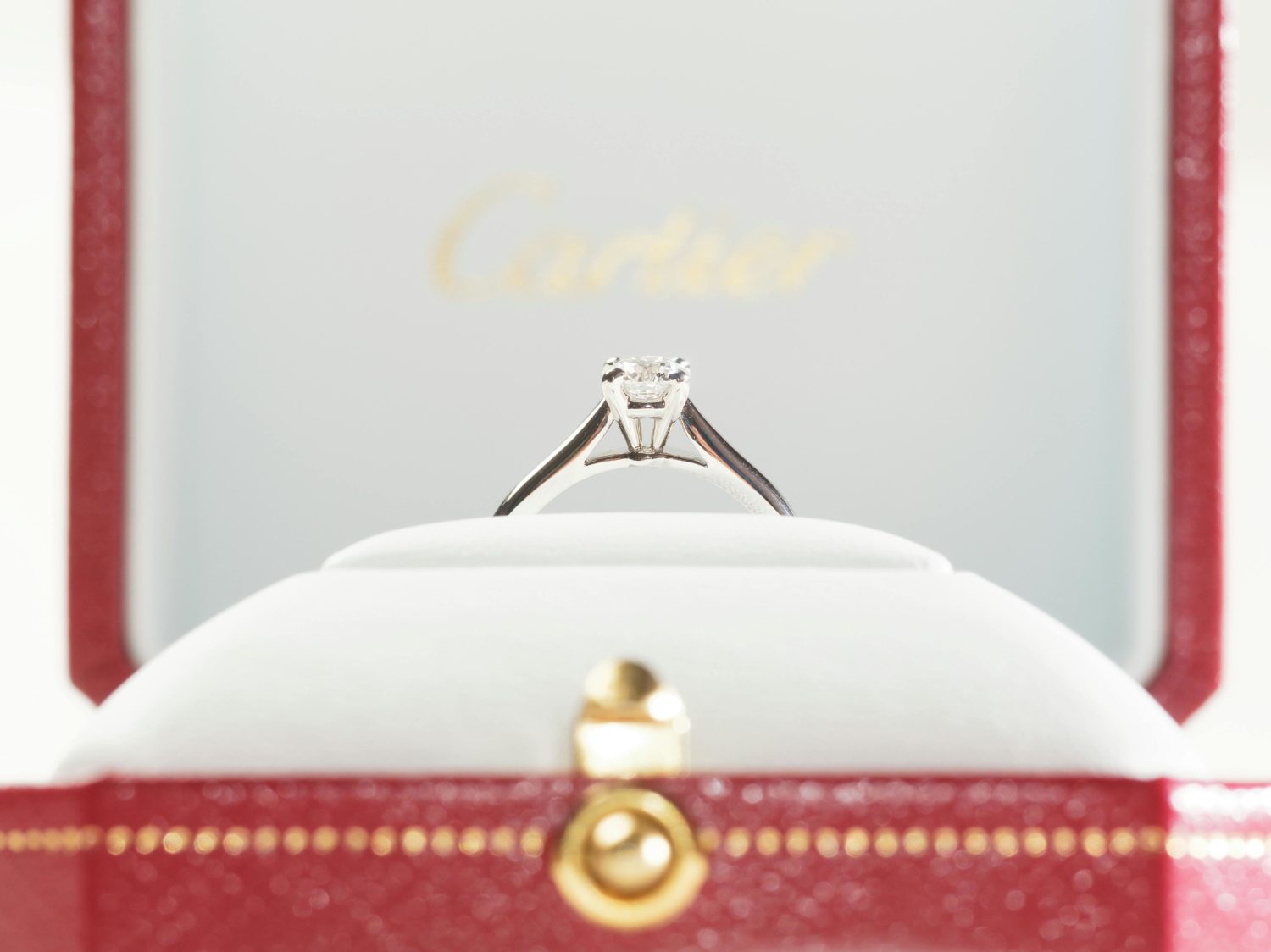
When shopping for diamonds, balancing quality with affordability often leads one to explore various configurations. Understanding the 4C’s—Carat, Color, Clarity, and Cut—can significantly aid in selecting a diamond that offers the best value for your budget.
When shopping for diamonds, balancing quality with affordability often leads one to explore various configurations. Understanding the 4C’s—Carat, Color, Clarity, and Cut—can significantly aid in selecting a diamond that offers the best value for your budget. Below, we delve into each of these aspects, highlighting configurations that promise affordability without compromising on the sparkle that diamonds are known for.
1. Carat Weight: Smaller Can Be Smarter
Carat weight significantly influences a diamond’s price. However, opting for a slightly less weighty diamond can “offer considerable savings” says Lindsy of Twice Loved. For example, a diamond that is just under a full carat (e.g., 0.9 instead of 1.0) can cost substantially less while displaying a size difference that’s barely noticeable to the naked eye. This approach leverages the price jumps that occur at full and half-carat weights, offering a sweet spot of affordability and perceived size.
2. Color: Near Colorless Is Nearly Perfect
The GIA diamond color scale ranges from D (colorless) to Z (light color). While colorless diamonds (D-F) are highly prized, opting for a near-colorless diamond (G-J) can provide an excellent balance of cost and aesthetics. These diamonds exhibit a minimal hint of color that is often undetectable once set in jewelry, especially to an untrained eye, making them a smart choice for those looking to maximize their budget.
3. Clarity: Eye-Clean Equals Economical
Clarity refers to the absence of inclusions and blemishes. Diamonds graded as Flawless or Internally Flawless are rare and expensive. However, diamonds in the SI (Slightly Included) to VS (Very Slightly Included) range often appear “eye-clean,” meaning their inclusions are not visible to the naked eye. Selecting an SI1 or SI2 diamond can significantly reduce costs while maintaining an appearance of perfection when viewed without magnification.
4. Cut: The Brilliance of Choosing Wisely
The cut of a diamond affects its brilliance and fire. While Excellent and Very Good cuts are ideal for maximizing sparkle, they come with a higher price tag. However, opting for a Good cut can still offer a satisfactory balance between cost and visual appeal. These diamonds are cut in a manner that preserves more of the raw diamond, reducing waste and lowering the price. It’s important to view the diamond in person, if possible, as a well-chosen Good cut can still exhibit considerable sparkle.
Finding the Balance
Choosing an affordable diamond does not mean compromising on quality; it’s about understanding where you can make smart compromises. Slightly lower carat weights, near-colorless grades, eye-clean clarity, and good cuts can all contribute to a more budget-friendly choice without sacrificing the beauty and durability that diamonds are celebrated for.
Additionally, consider alternative shapes like oval, pear, or marquise, which often appear larger than round diamonds of the same carat weight due to their elongated shapes. This can further enhance the perceived value of the diamond.
Conclusion
By carefully selecting diamonds based on the 4C’s, buyers can find beautiful, high-quality gems that fit their budgets. It’s all about prioritizing the factors most important to you and being willing to explore slightly off-peak configurations. With a little knowledge and careful consideration, finding an affordable diamond that sparkles just as brightly as more expensive counterparts is entirely within reach.
FAQs
How significantly can the price vary between a diamond just under a full carat and one that is exactly one carat?
The price difference can be quite substantial. Diamonds that are just under a full carat weight (e.g., 0.9 vs. 1.0 carat) can cost up to 20-30% less. This price disparity exists because of the premium placed on diamonds that reach the full or half-carat milestones, which are often considered more desirable by consumers.
Will a near-colorless diamond look yellow in my jewelry?
Near-colorless diamonds (grades G-J) typically do not show noticeable color, especially when set in jewelry. The slight hint of color they may possess is often masked by the setting material, making them appear beautifully white to the naked eye. The perceived color can also depend on the shape of the diamond and the type of jewelry setting.
Can inclusions affect the durability of a diamond?
Most inclusions and blemishes do not significantly affect a diamond’s durability, especially those classified as eye-clean in the SI (Slightly Included) or VS (Very Slightly Included) ranges. However, it’s important to avoid diamonds with surface-reaching inclusions or those located at the edges where they might compromise structural integrity, particularly in engagement rings or daily-wear jewelry.
Is it worth considering diamonds rated as having a “Good” cut?
Yes, diamonds with a “Good” cut rating can be an excellent choice for those on a budget. While they may not have the same level of brilliance and fire as those with an “Excellent” or “Very Good” cut, they still offer a beautiful appearance. A “Good” cut diamond can provide a balance between quality and cost, making it a practical option for many buyers.







